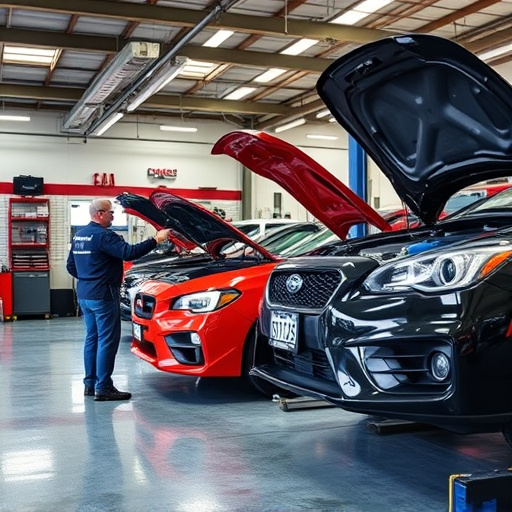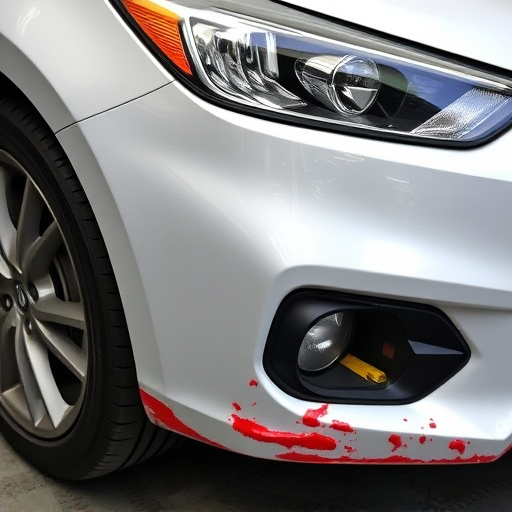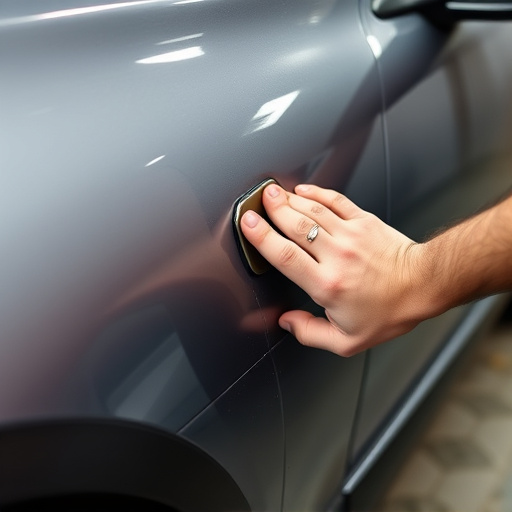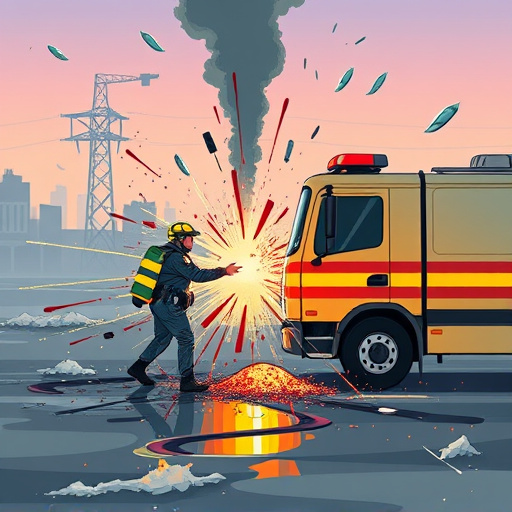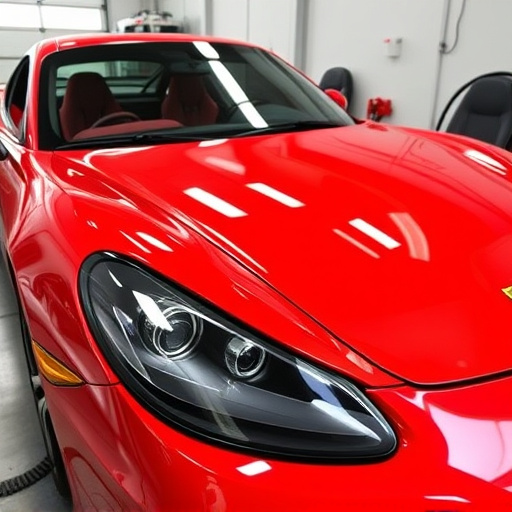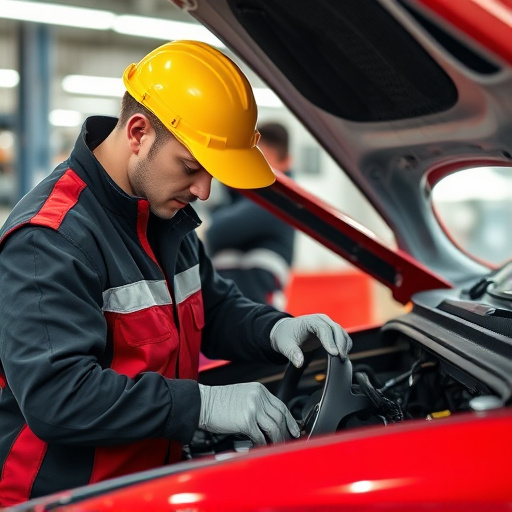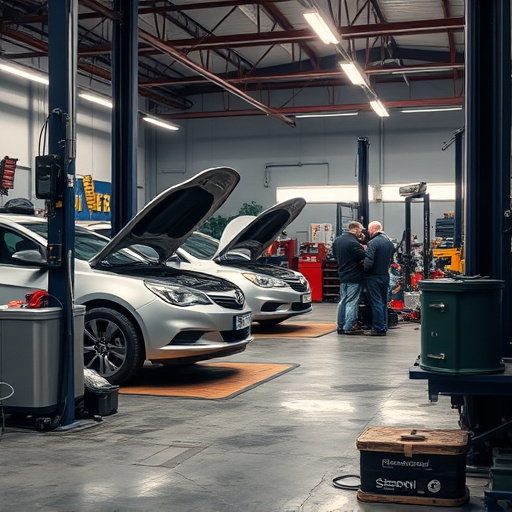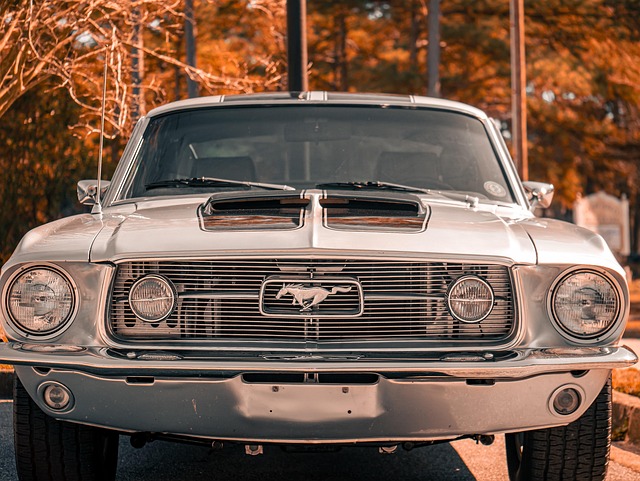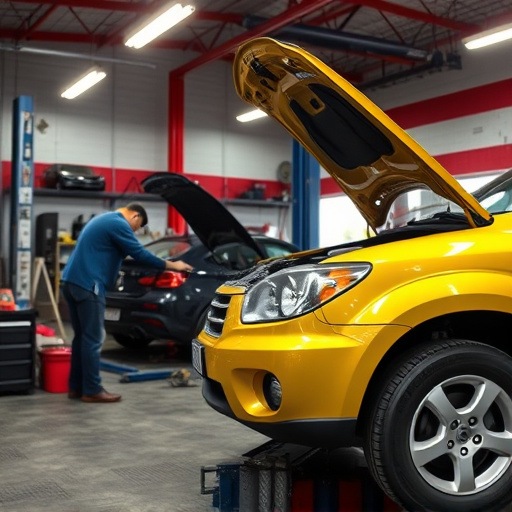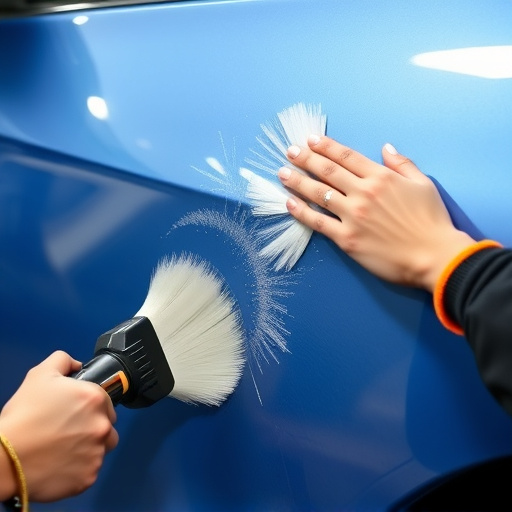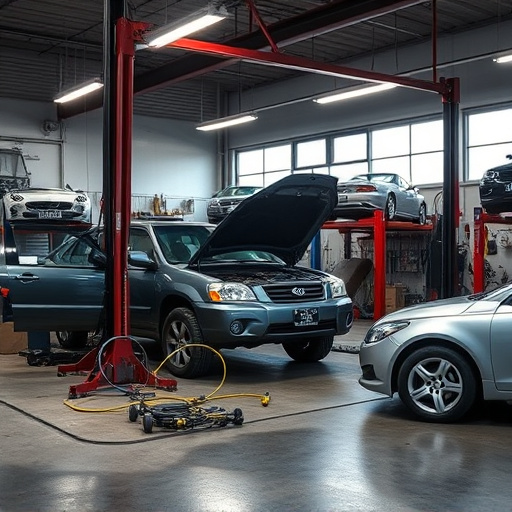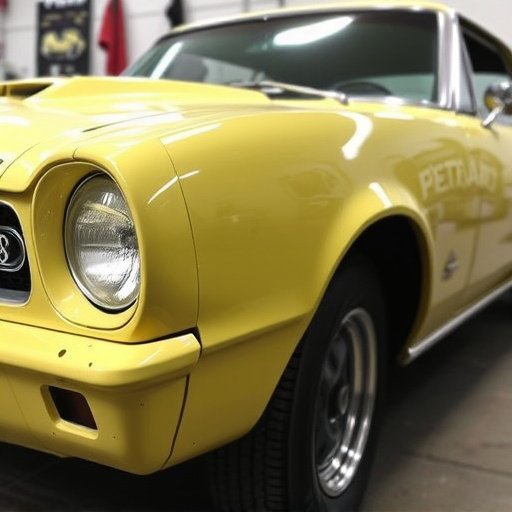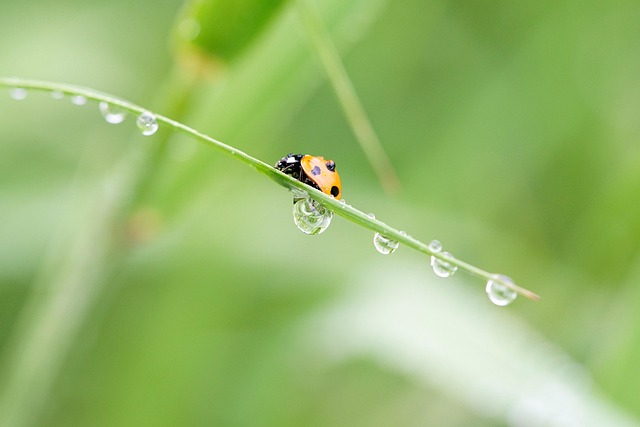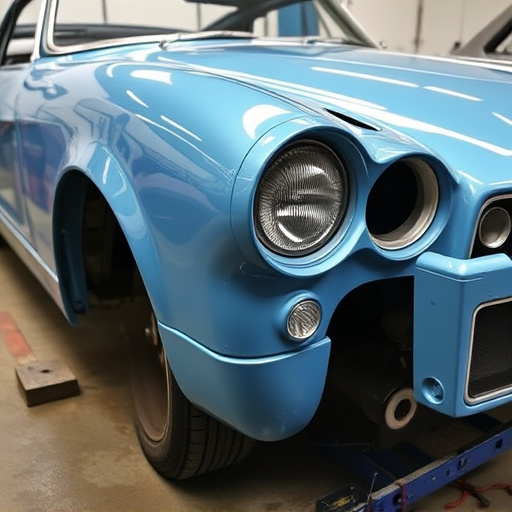Ice damage collisions pose challenges for bodywork repair, but top auto repair shops use advanced color-matching technology and expertise to restore vehicles to pre-accident condition, ensuring precise paint matches through spectrophotometers and computer-aided mixing systems, while skilled technicians follow standardized protocols for high-quality repairs that enhance cosmetic integrity and customer satisfaction in ice damage collision repair.
In the realm of automotive restoration, ice damage collision repair presents unique challenges. When icy conditions cause car dents and paint issues, shops must master paint matching to ensure seamless results. This article delves into the intricacies of handling paint matching during ice damage repairs. We explore understanding the specific collision-related paint challenges and the science behind accurate color matching. Furthermore, we uncover shop strategies for efficient paint mixing and application, providing a comprehensive guide for top-notch restoration in icy climates.
- Understanding Ice Damage Collisions and Paint Challenges
- The Science Behind Accurate Color Matching
- Shop Strategies for Efficient Paint Mixing and Application
Understanding Ice Damage Collisions and Paint Challenges
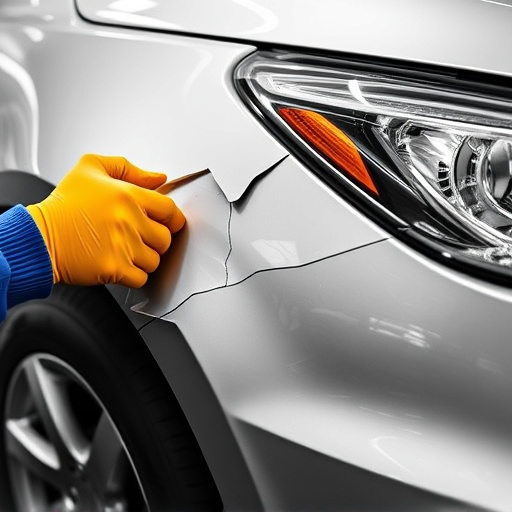
Ice damage collisions pose unique challenges for vehicle bodywork, especially during the paint matching process in collision repair. These incidents often result from sudden temperature changes, leading to the formation of ice on car surfaces. When thawed, ice can leave behind unsightly water stains, rust spots, and even permanent damage to the paintwork. This, coupled with the inherent complexities of vehicle bodywork, makes paint matching a critical aspect of ice damage collision repair.
Shops offering top-tier car repair services, such as Mercedes Benz repair experts, must employ sophisticated techniques to address these issues. They rely on advanced color-matching technology and a deep understanding of vehicle manufacturing processes to ensure precise paint matches. By combining expertise in vehicle bodywork with cutting-edge tools, these professionals can restore vehicles to their pre-accident condition, providing customers with a seamless and satisfying repair experience.
The Science Behind Accurate Color Matching
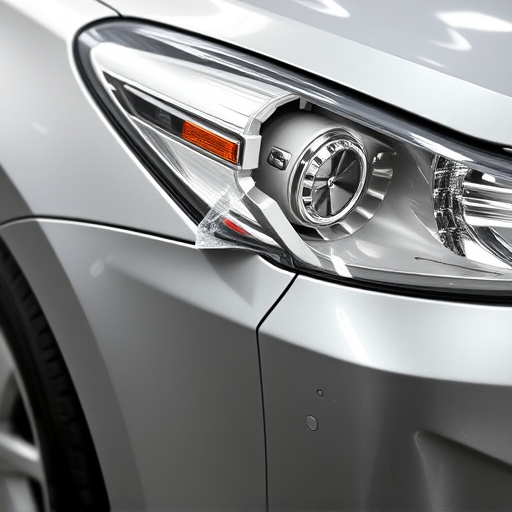
The science behind accurate color matching in ice damage collision repair is a meticulous process that combines technology and human expertise. Shops use advanced equipment like spectrophotometers to measure and analyze the exact color properties of paint, down to the smallest variations. This data is then fed into specialized software that matches it with available paints from manufacturers, ensuring an ideal color replica. The precision involves considering not just the base color but also factors like tint, shade, and gloss, making the outcome virtually indistinguishable from the original.
In ice damage collision repair, where vehicles often sustain significant cosmetic injuries, this level of accuracy is paramount. Car repair shops skilled in such repairs employ these methods to match not only common vehicle paints but also those of luxury vehicle repair, ensuring that each car returns to its pre-accident condition. The use of advanced color matching technology enhances the overall quality of car repair services and customer satisfaction, especially for those who value their vehicle’s original aesthetics.
Shop Strategies for Efficient Paint Mixing and Application
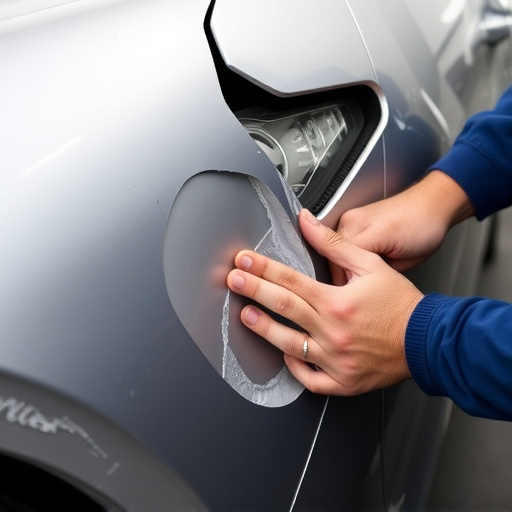
In the realm of ice damage collision repair, shops employ sophisticated strategies for efficient paint mixing and application. They invest in advanced equipment like computer-aided mixing systems that precisely match colors, ensuring seamless integration of repairs with the original car finish. This technology not only saves time but also enhances accuracy, resulting in a more aesthetically pleasing final product.
Beyond equipment, skilled technicians play a pivotal role. They follow meticulous procedures to ensure paint consistency and quality. By adhering to standardized protocols for preparation, mixing, and application, shops guarantee that each repair mirrors the original car’s finish. This attention to detail is crucial in maintaining the vehicle’s overall value, making it a key aspect of professional car repair services. Additionally, techniques like spot repair and touch-up allow for precise fixing of minor damages, such as car scratch repairs or bumper repairs, further enhancing the vehicle’s appearance after ice damage collision repair.
In the realm of ice damage collision repair, accurately matching paint is paramount to achieving a seamless finish. By understanding the unique challenges posed by ice-related collisions, shops can employ effective strategies, leveraging scientific principles for precise color matching. Through efficient paint mixing and application techniques, professionals can ensure that repairs not only meet but exceed industry standards, restoring vehicles to their pre-accident condition. These practices are vital for maintaining customer satisfaction and upholding the reputation of the collision repair industry in the face of ever-increasing weather-related damage.
